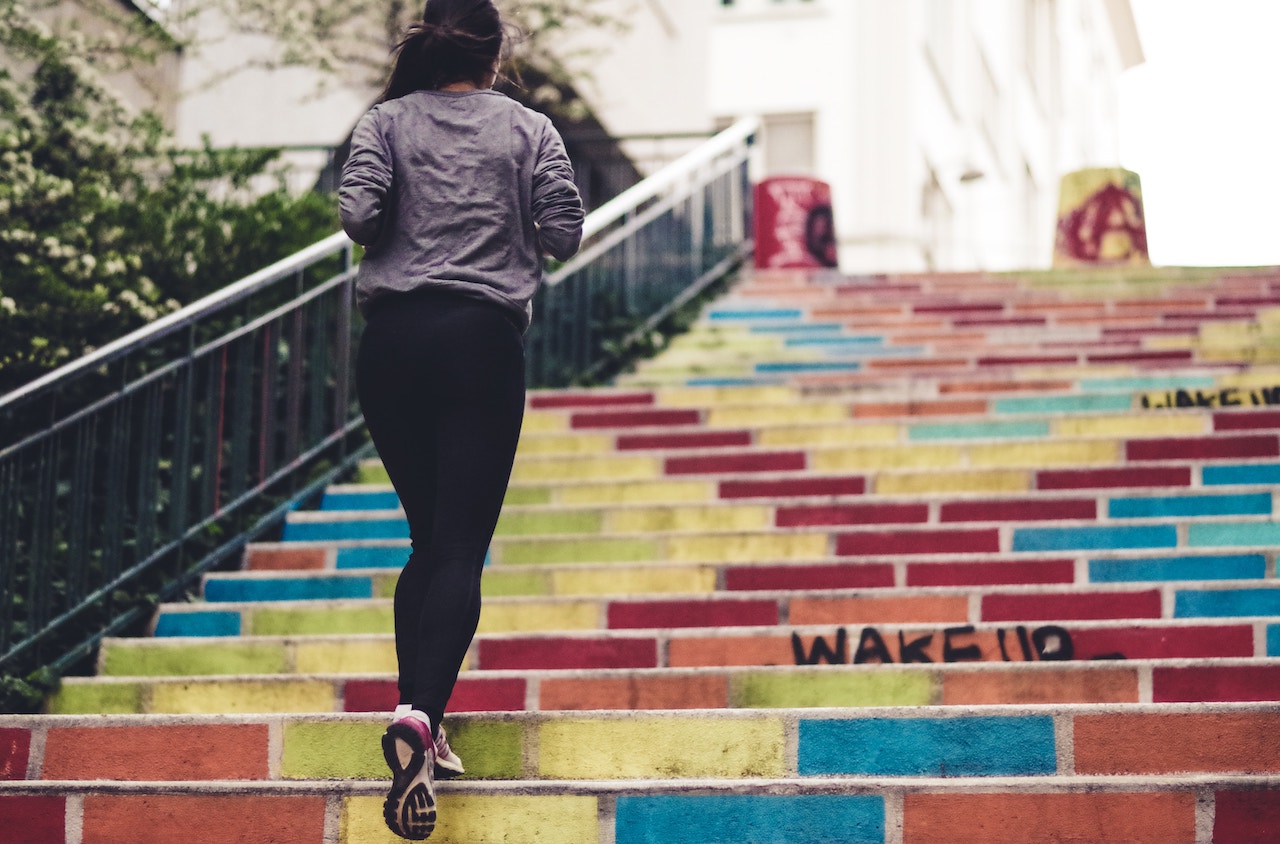
Let’s talk about Active Recovery
Proper recovery can be just as important as training. Athletes who train too hard without giving themselves adequate recovery time are prone to poor performance, burnout, and injury.
Why do we do active recovery?
Research shows that active recovery has increased performance advantages over passive recovery alone. Physiological benefits of active recovery include lower resting heart rate, a lower rate of perceived exertion (RPE) and lower lactate concentration during activity (fewer cramps!).
Getting your blood flowing on rest days will reduce muscle soreness and increase the rate of muscle repair. Fresh blood flow brings nutrients and oxygen to the muscles while reducing swelling and buildup of damaged or dead cells.
When is the Best Time for Active Recovery?
The best time to do active recovery is on the first day after training when no other training is scheduled.
Suggested Activities:
Cardio-focused activities at 50-60% RPE for 15-30 minutes. Choose something that engages the muscles you most recently trained. For example, if you trained legs or ran sprints, 15 minutes on the stationary bike will increase blood flow to the muscles in your legs or if you recently completed a full-body workout, active recovery should also be full-body (i.e. elliptical or rowing machine).
- Jogging or walking
- Cycling
- Rowing
Stretching and a myofascial release are also a form of active recovery. Again, it is most beneficial to focus on stretching out recently trained muscles – thereby lengthening the tense or sore muscles to even out any imbalances between under and overactive muscles.
- Dynamic stretching (leg swings, forward lunges, side lunges, etc.)
- Static stretching (hold stretches for 30-45 seconds each)
- Foam rolling and/or massage
Passive Recovery. Taking time to fully rest is important too. Getting enough sleep at night and fueling your body with proper nutrition are the top two ways to maximize your recovery and improve performance.
Tips to Make the Most of Passive Recovery Time:
- Turn off electronics 30 minutes before bed – or at least reduce brightness on display screens.
- Add Epsom salts to a hot bath. The heat will produce anti-inflammatory heat shock proteins while your skin absorbs muscle-rebuilding magnesium from the salt water.
- Treat yourself! Deep tissue massage, cupping massage, physiotherapy, and acupuncture are just some of the ways we can ensure our muscles and connective tissue are healthy and ready to perform optimally.



